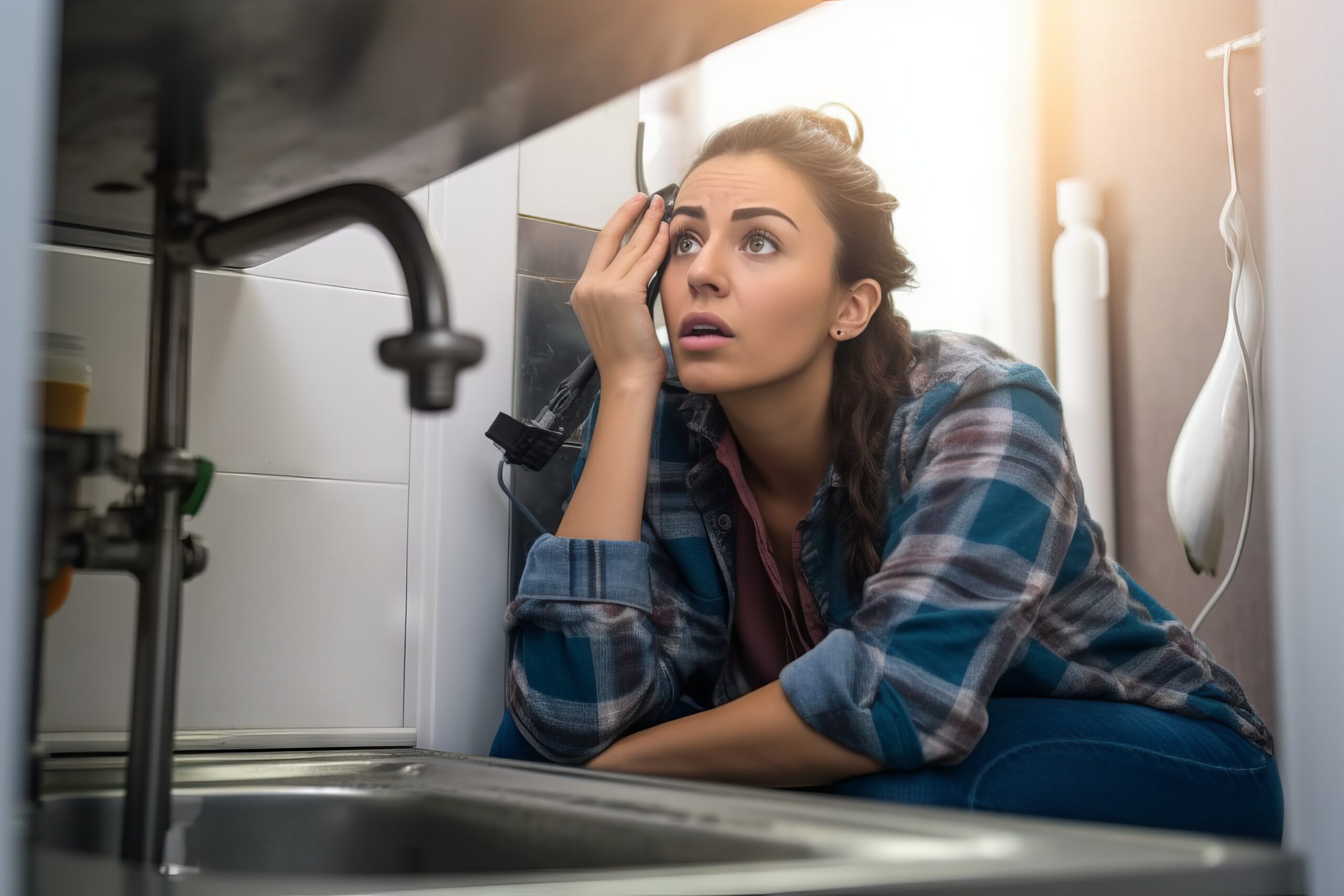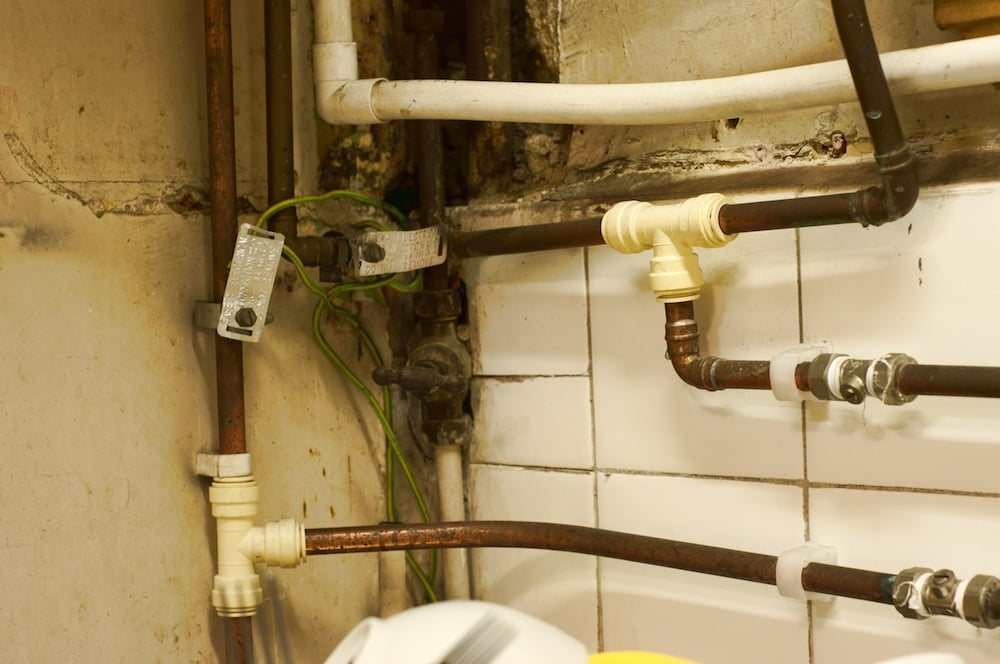Strategies for Handling Plumbing in Older Homes: Essentials
Strategies for Handling Plumbing in Older Homes: Essentials
Blog Article
The article directly below involving Common Plumbing Problems in Older Homes is immensely motivating. Check it out for yourself and decide what you think of it.

Older homes usually feature beauty, character, and background, however they can also bring a host of pipes problems. Whether you're dealing with aging pipelines, low water stress, or leaks, recognizing how to resolve these usual issues is crucial to preserving a safe and practical home. In this guide, we'll discover the common pipes challenges encountered by older homes and offer sensible services to keep your pipes in leading shape.
Recognizing Common Pipes Issues
Aging Pipes
One of one of the most typical concerns in older homes is aging pipelines. Depending upon the age in which your home was developed, the pipes might be made from materials that have actually weakened with time, such as galvanized steel, cast iron, or perhaps lead. These materials can rust, end up being breakable, or develop leakages, causing water damages and possible carcinogen.
Low Water Stress
If you're experiencing low water pressure, maybe due to natural resources, corrosion inside the pipelines, or old components that are no longer working successfully. This can be a major trouble, especially in locations like showers and sinks.
Leaking Pipelines
Leaks are one more regular concern in older homes, usually brought on by rusty or worn-out pipes. Also little leaks can lead to substantial water damages, mold and mildew development, and enhanced water bills if not resolved without delay.
Outdated Components
Out-of-date plumbing fixtures such as taps, toilets, and showerheads not just look old however might likewise be much less reliable, prone to leakages, or incompatible with modern-day plumbing criteria.
Pipeline Corrosion
Rust is a typical problem in older pipelines, especially those made from galvanized steel or actors iron. Corroded pipes can limit water circulation, trigger staining, and eventually lead to leaks or pipeline bursts.
Analyzing the Condition of Your Pipes
Examining Visible Pipes
Start by inspecting any kind of noticeable pipelines in your home, such as those in basements, crawl spaces, or under sinks. Search for indications of rust, leaks, or corrosion, which can show underlying problems.
Checking for Leaks
Check for leakages by evaluating locations around faucets, toilets, and under sinks. You can additionally check your water meter before and after a period of no water make use of to identify surprise leaks.
Water Quality Screening
Older pipelines can influence the high quality of your water. Conduct a water quality examination to look for contaminants such as lead, corrosion, or various other pollutants that may be presented by maturing pipes.
Solutions for Usual Plumbing Issues
Replacing Aging Pipelines
If your home has old, weakening pipes, take into consideration replacing them with modern products like copper or PEX. This can be a substantial investment, yet it will certainly prevent future concerns and enhance the safety and security and integrity of your plumbing system.
Fixing Low Tide Pressure
To take care of low water stress, start by cleaning or replacing old fixtures and getting rid of mineral buildup in the pipelines. If the problem continues, it may be needed to replace areas of corroded pipes.
Fixing and Changing Leaking Pipelines
For small leakages, you can use pipeline clamps or epoxy putty as a momentary repair. However, it's finest to replace leaking pipes entirely to stay clear of more damages.
Upgrading Fixtures
Updating old fixtures to contemporary, water-efficient designs can boost your home's plumbing performance and lower water consumption. Try to find components with the WaterSense tag for the very best efficiency.
Managing Pipe Rust
If your pipelines are worn away, replacing them with corrosion-resistant products like copper, PVC, or PEX is the best service. Normal inspections and water high quality upkeep can aid avoid better corrosion.
When to Call an Expert
While some pipes concerns can be taken care of with DIY options, there are times when it's ideal to hire an expert. If you're dealing with significant leaks, comprehensive deterioration, or are not sure about the condition of your pipes, an accredited plumbing professional can offer skilled analysis and fixing.
Preventive Upkeep Tips
Regular Inspections
Frequently evaluate your pipes system for indicators of damage. Capturing concerns early can protect against costly repair work down the line.
Water Pressure Policy
Ensure your water pressure is within the recommended range to avoid worrying your pipes and fixtures. A plumbing can set up a pressure regulator if needed.
Water Top Quality Maintenance
Install water filters or conditioners if your water top quality is poor. This can secure your pipelines and fixtures from damage brought on by hard water or impurities.
Aggressive Pipeline Replacement
If your home has very old pipelines, consider proactive substitute prior to major issues arise. This can conserve you from emergency situation fixings and water damages.
Final thought
Dealing with pipes problems in older homes needs a combination of vigilance, preventive upkeep, and timely upgrades. By understanding the usual difficulties and knowing when to look for professional aid, you can ensure your pipes system stays functional and trustworthy for years ahead.
Common Plumbing Issues in Older Homes and How to Fix Them
Owning an older home in Australia comes with its unique charm and a set of challenges, especially when it comes to plumbing. The Sunshine Coast has many older properties that can harbour plumbing problems that aren t just inconvenient but potentially costly. Here s a look at some common plumbing issues in older homes and expert advice on how to handle them.
Outdated Piping Materials
Many older homes were built with galvanised steel, cast iron, or even lead pipes, materials that are far from ideal by today s standards. Galvanised pipes are prone to corrosion and clogging, while lead pipes pose serious health risks.
How to Fix:
Replacing old pipes is a job for a professional. Upgrading to copper or PVC piping not only enhances water quality and flow but also increases the property s safety and value. If you suspect your home has outdated materials, a licensed plumber can conduct a thorough inspection and recommend the best course of action.
Corrosion and Pipe Degradation
Over time, exposure to water and minerals can cause pipes to corrode, leading to leaks, bursts, and water contamination. Corrosion is especially common in homes over 50 years old.
How to Fix:
Regular inspections can catch early signs of corrosion. If corrosion is found, the affected section of piping often needs to be replaced. For homes with extensive corrosion, a complete plumbing overhaul might be necessary. It s crucial to consult with a plumbing expert to understand the extent of the issue.
Tree Root Intrusion
Older neighbourhoods usually have mature trees whose roots can intrude into pipe lines, causing blockages or damage. This is particularly problematic for sewer lines, where roots seek out water sources.
How to Fix:
A plumber can use a specialised camera to inspect sewer lines for root intrusion. If roots are a problem, methods like root cutting or hydro-jetting can clear the obstruction. In severe cases, part of the pipe may need replacing. Consider root barriers around the piping to prevent future issues.
Inadequate Water Pressure
Low water pressure in older homes can be due to various factors, including corroded water lines, sediment build-up in pipes, or outdated fixtures.
How to Fix:
First, check if the low pressure is isolated to one area or throughout the house. Replacing old fixtures can sometimes resolve the issue. However, if the problem is more widespread, it might be due to sediment or corrosion. Flushing the system or replacing the affected pipes usually restores normal pressure. Again, a professional assessment is advisable.
Outdated Fixtures
Older homes often feature fixtures that are not only visually dated but functionally inefficient. This includes everything from toilets and taps to showerheads and washing machine hoses.
How to Fix:
Updating these fixtures can improve both water efficiency and the aesthetic appeal of your home. Modern fixtures are designed to conserve water, which can significantly reduce your water bill and lessen your environmental impact.
Conclusion
Maintaining the plumbing in an older home requires a proactive approach. Regular checks and updates are key to preserving these beautiful properties. If you re facing plumbing issues in your older home, it s best to call on experienced professionals like Green & Gold Plumbing & Gas. With the right expertise, even the most daunting plumbing problems can be resolved, ensuring that your home s character is maintained while its functionality is enhanced.
https://gandgplumbing.com.au/common-plumbing-issues-in-older-homes-and-how-to-fix-them/

I am very serious about Plumbing Problems In Old Homes and I am assuming you enjoyed reading our entry. Sharing is caring. Who knows, you may very well be helping someone out. I praise you for being here. Come back soon.
Get Quote Now Report this page